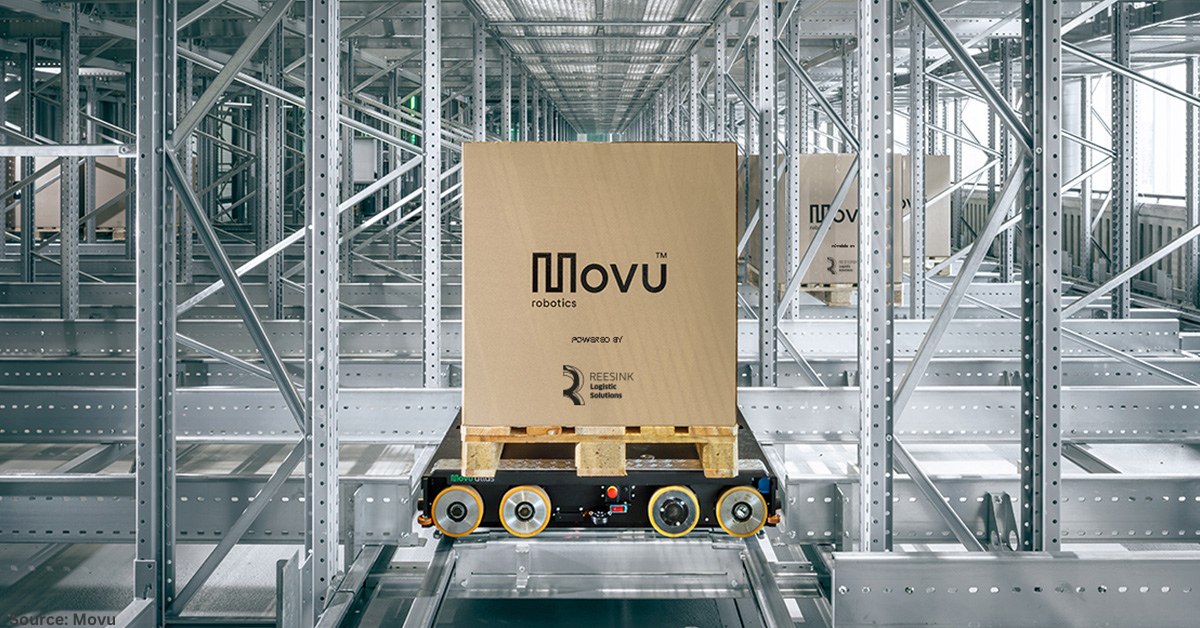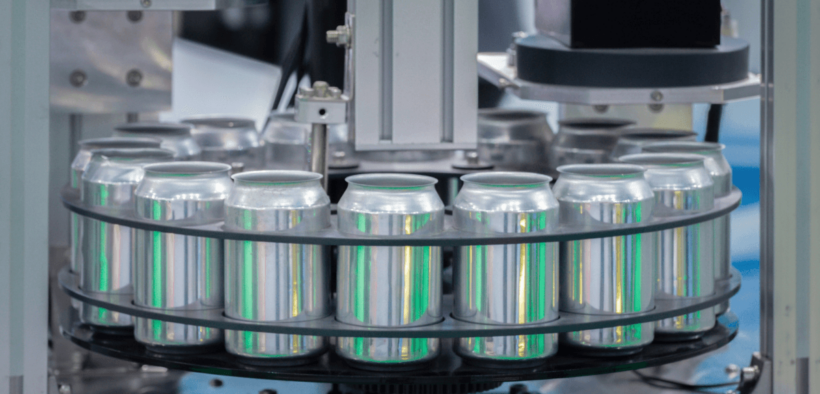While the South Australian food and beverage industry is still facing challenges exacerbated by the pandemic, a new census by Food South Australia has revealed there is strong appetite for growth across the sector.
The latest census from the peak industry body showed that workforce challenges remain a priority, compliance with national sustainability targets is just around the corner, input costs are increasing and the disruption to freight and logistics also indicate some headwinds are ahead.
“The pandemic has exacerbated known challenges for our sector, particularly in terms of recruiting and retaining skilled staff,” said Catherine Sayer, CEO of Food South Australia.
“In addition, we have been used to being very efficient with our processing and manufacturing, but with the disruption to freight and logistics as well as the pandemic impacts all over the world, ingredients, packaging and other inputs now often need to be ordered in larger quantities and well in advance of needing them,” Sayer said.
“This means manufacturers have had to revert from just in time production to having to hold stock, which is also adding significantly to the cost of doing business,” she said.
Since 2017, Food South Australia said
Food South Australia identified workforce concerns as the top priority for the sector in 2017 and it continues to be a major area of concern.
Since then, Sayer said they have been working with various agencies since to address the issue.
“We have developed and delivered a range of programs geared to building business capabilities across all aspects of operations from sales strategies to financial management because we know the establishment of robust, sustainable business systems is critical to any business surviving long enough to grow,” she said.
Food SA’s latest research revealed that 80% of respondents are having difficulty attracting employees.
“We are currently running a pilot traineeship program that we developed in line with industry demand for flexible training solutions,” Sayer continued.
“Both the census and our experience with training programs has demonstrated that the sector wants to get involved with government-backed skills-building programs, and we are working with businesses to assist them navigate through the somewhat complex process,” she said.
Food South Australia is also flagging the fast-approaching date for compliance with sustainability targets in 2025.
Almost half the businesses surveyed are working on strategies to achieve the 2025 national target for increased use of recycled content in packaging and ensuring packaging will eventually be 100% reusable, recyclable or compostable.
But with only two years to go, Sayer said there are significant concerns about the lack of recycling facilities and issues with inconsistent national legislation.
“For example, at present compostable packaging is recognised in the South Australian legislation but not in other states,” Sayer said.
“Consumers have high expectations of all sectors around sustainable packaging, and rightly so,” she said.
But until there is easy, cost-effective access to recycling and composting facilities for packaging and consistency in legislation, she said there can’t be a truly circular economy.
Despite the challenges, the South Australian food and beverage industry is overwhelmingly focused on growth and is innovating strongly in key high value product categories including plant-based proteins and ‘free from’ products.
The census showed that over 80% of businesses in the industry are planning for growth and are maintaining or increasing both their investment in, and the number of, new product launches over the next two years.
“Our industry is nimble, responsive and connected because of the high number of small to medium sized privately owned businesses in the sector,” Sayer said.
“This delivers high value to the economy because these businesses can respond rapidly to changing market conditions and market demand, whether that’s in value-adding at the farm gate or producing finished foods such as ready to eat meals,” she concluded.
Source: Food South Australia
In case you missed it: Gov’t shells out $33m in grants for local food and beverage companies























































Follow us on social media